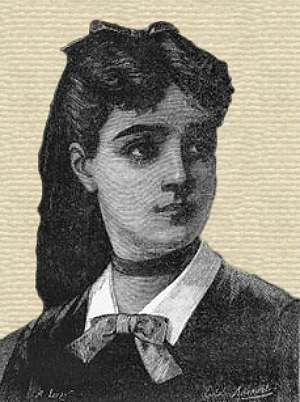At the start of the campaign, we were drawn to the work of Sophie Germain and the inequality that prevented her many mathematical successes being realised. Historian and staff governor, Amanda Seys, carried out some informative research on her life as a backdrop to our campaign:

Sophie Germain’s interest in mathematics was borne out of a lockdown when aged 13 she was confined to her parents’ house during the French revolution. She entertained herself by learning about number theory using the books in her father’s library. Her parents were appalled - mathematics was a discipline reserved for men - yet Sophie defied the ban that they imposed on her learning, sneaking into the library at night to study her father’s books by candlelight. Aged 18, Sophie obtained lecture notes from the École Polytechnique and submitted a paper under the pseudonym Monsieur Leblanc. Sophie Germain’s most notable work included the discovery of Sophie Germain primes; a prime number is a Sophie Germain prime if 2p +1 is also prime. Germain’s work on prime numbers was an important step in proving Fermat’s Last Theorem. Later publications by Sophie Germain regarding the theory of elasticity were instrumental in the building of the Eiffel Tower. Sophie’s work on vibrating plates and elasticity resulted in her being the first women to win a prize from France’s Royal Academy. Her extraordinary achievements in an age when STEM education was the exclusive preserve of men have been increasingly recognised in recent years. Since 2003 the French Academy of Sciences has awarded the Sophie Germain prize to outstanding students of mathematics.



